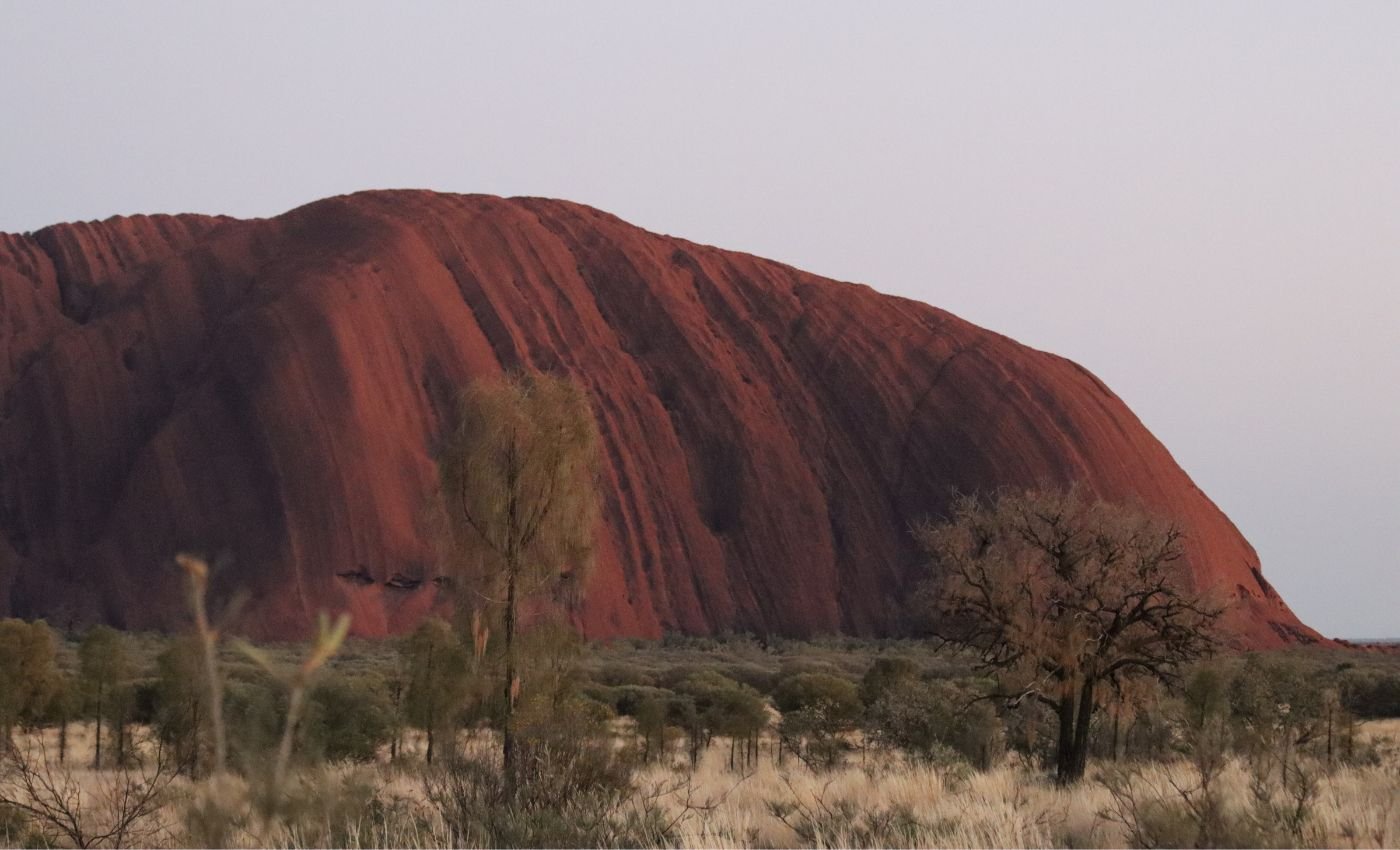
Ultimate Uluru Itinerary: Complete Guide to Australia’s Red Centre
When you think of the Australian outback, is there any image more iconic than Uluru? For over 30,000 years this sacred monolith has been a source of life and lore for the Anangu People and a symbol of Australia’s rugged beauty.
In the heart of the Red Centre, where the vast desert meets an endless, starlit sky, Uluru and its neighbour Kata Tjuta transform with the shifting sunlight, casting mesmerizing hues of red, crimson and orange. Amid this seemingly harsh landscape, life flourishes, and stories of the Dreamtime echo through the land.
This guide features a thoughtfully designed 3-day Uluru itinerary based on my own experience and research. It includes everything you need to know for an unforgettable adventure, from where to stay and how to do the iconic Uluru base walk, to cultural highlights and tips on picking the best Uluru sunset viewing area. Let’s dive in!
This post contains affiliate links. If you make a purchase through these, I may earn a small commission at no extra cost to you, which helps me keep this blog running. Thanks for your support 🙂
Table of Contents
ToggleYulara town: Uluru's gateway
While Yulara may not be the star of your Red Centre adventure, it is the essential gateway to Uluru–Kata Tjuṯa National Park. When most travellers think of accommodation at Uluru, they’re actually referring to Yulara, as no lodging or campgrounds are allowed within the park itself. Conveniently located just 8 km from Ayers Rock Airport, 20 km from Uluru, and 53 km from Kata Tjuta, Yulara serves as the perfect base for exploring the region.
With a population of just over 1,000, this small town hosts the majority of the area’s hotels, restaurants, and essential services. Yulara’s town square provides everything you might need: a small supermarket, car rental desks, and dining options (though prices reflect the remoteness of the location).
How to Get to Uluru
Flying directly to Ayers Rock Airport is the fastest, cheapest, and most convenient way to travel to Uluru, with direct routes from most major cities. Airlines such as Jetstar, Qantas, and Virgin operate on this route.
We flew from Brisbane to Ayers Rock Airport with Jetstar. From there, we hired a car—it’s about a 20-minute drive to Yulara. Alternatively, free buses are available to take you to the town centre, conveniently located near the main hotels.
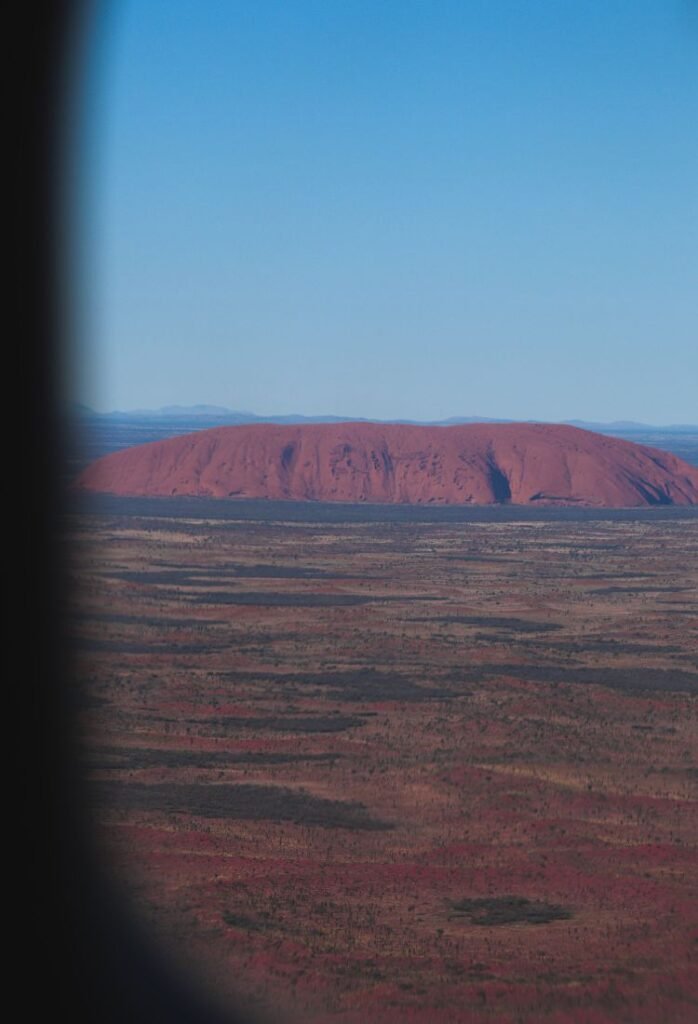
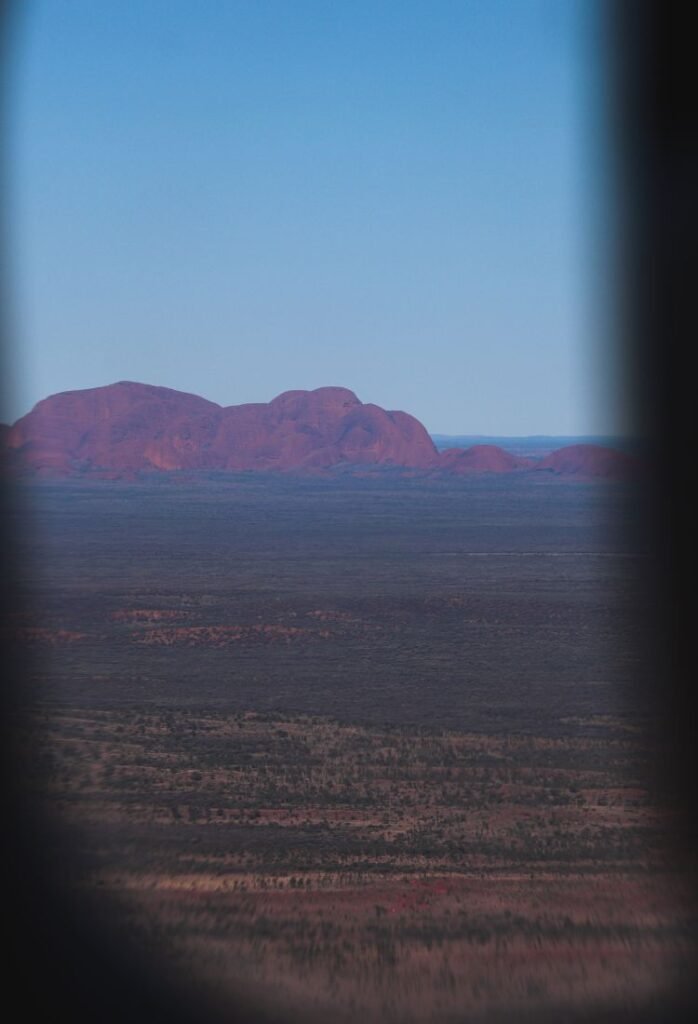
How magical it was to catch my first glimpse of Uluru and Kata Tjuṯa from the plane’s window!
Uluru- Kata Tjuta National Park
Uluru–Kata Tjuta National Park, home to the iconic Uluru and the striking red domes of Kata Tjuta, is the heart of Australia’s Red Centre. This UNESCO World Heritage Site is co-managed by Parks Australia and the Anangu people, ensuring the preservation of its natural beauty and cultural significance.
The park is a living cultural treasure, where the stories of the Aboriginal Dreamtime are deeply intertwined with the landscape. Recognised by UNESCO for its natural and cultural importance, it features diverse wildlife, rare desert plants, and a profound connection to one of the world’s oldest living cultures.
To visit, you’ll need a park pass, which can be purchased online or at the park’s entrance.
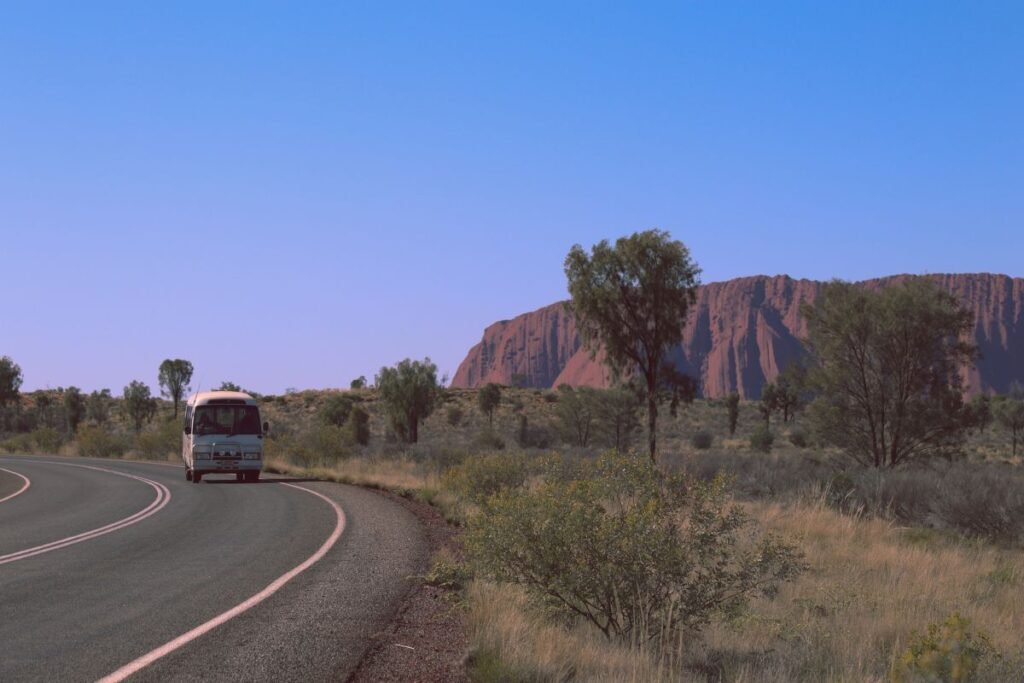
Best Month to Visit Uluru
Although Uluru–Kata Tjuta National Park is open year-round, deciding on the best time of the year to visit Uluru is essential for making the most of your trip. Keep in mind that you’re heading into the desert, where the weather can be unpredictable, with significant shifts between day and night. With this in mind, I recommend visiting the park during the cooler months between May and September.
Even then, daytime temperatures can still get quite warm, but they’re far more comfortable for hiking and exploring. While the nights can be chilly, the days are typically warm, dry, and ideal for experiencing the park’s natural wonders without the extreme heat. Just be sure to start your activities early in the morning.
Getting Around Uluru & Kata Tjuta
When visiting Uluru and Kata Tjuta, you have a couple of transportation options:
Shuttle Services:
Private buses and hop-on, hop-off shuttles provide scheduled transfers from Yulara to Uluru and the national park, including Kata Tjuta. These convenient services pick you up from your hotel or campground, with tickets starting at $49 AUD for a return trip to Uluru and $105 AUD for Kata Tjuta.
Car Hire:
For those who value flexibility, hiring a car is the best option. It allows you to explore at your own pace, stop for photos whenever you like, and fully enjoy the sunrise and sunset viewing platforms without being tied to a bus schedule. If you are planning on visiting Uluru and Kata Tjuṯa on separate days, it works out cheaper than the shuttle.
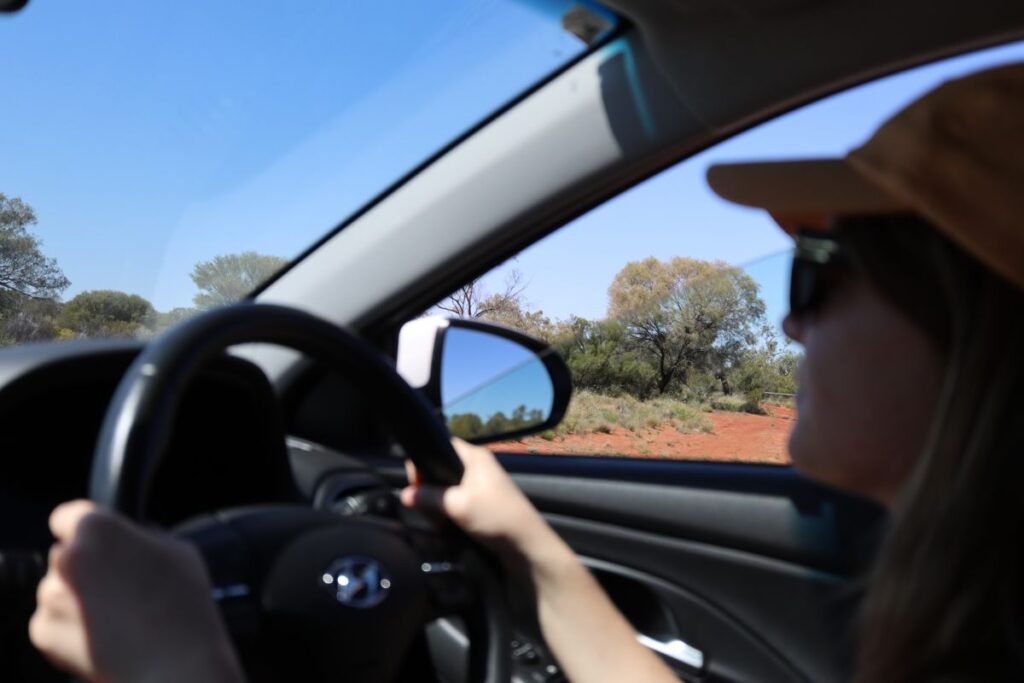
IMPORTANT: If you are planning to tour some of the wonders of the Northern Territory, please be aware that wildlife are more active around roads between dusk and dawn. Most car rental companies won’t allow you to take the vehicle outside any towns between sunset and sunrise. The exception to this is Yulara and Uluru-Kata Tjuta national park area.
Cultural Significance of Uluru
For the Anangu people, Uluru and Kata Tjuta are sacred places deeply connected to the Dreamtime—their spiritual framework that explains the creation of the world. According to their stories, ancestral beings shaped the land, giving rise to these iconic landmarks.
Every cave, waterhole, rock formation, and path within this landscape has a story that imparts lessons about life, culture, and the land, passed down through countless generations. The Anangu see themselves as custodians of this living cultural landscape, entrusted with its protection. Visitors are encouraged to respect these sacred sites and recognise their profound cultural significance.
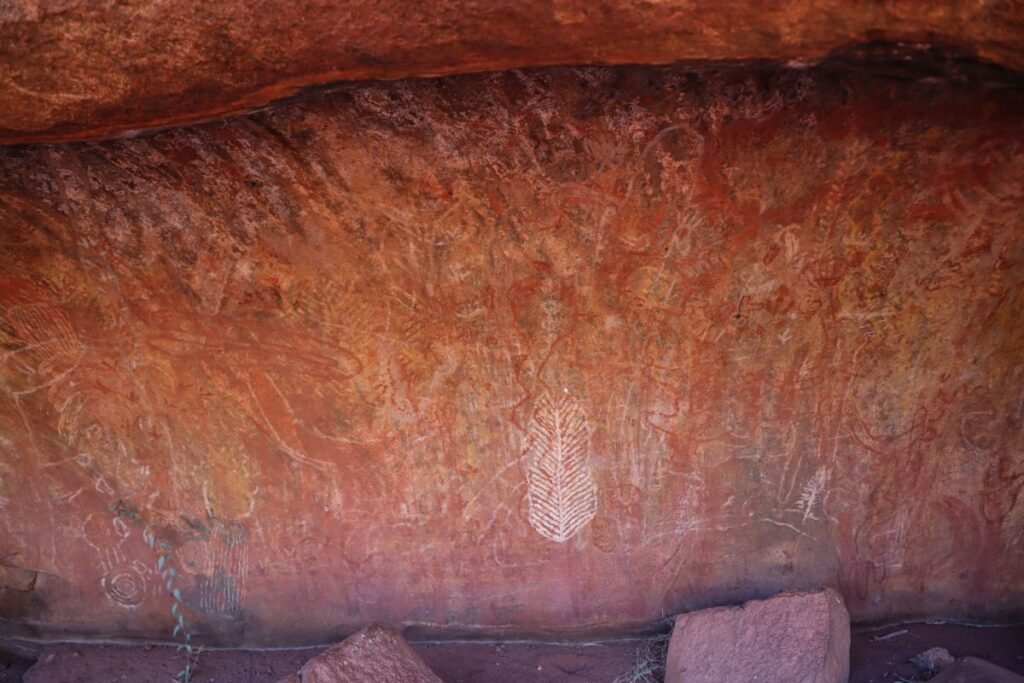
3 Day Uluru Itinerary
This 3-day Uluru itinerary highlights some of the best things to do in Uluru, striking the perfect balance between adventure and cultural connection. From iconic hikes, such as the Uluru Base Walk, to breathtaking sunrise and sunset spots, and an immersive dive into Aboriginal heritage, this guide covers it all.
Day 1
Check Into Your Hotel in Yulara
Once you arrive at the airport, you’ll settle into your accommodation. As mentioned, when people wonder where to stay in Uluru, they’re actually referring to its gateway town of Yulara. Most of the hotels here are run by Ayers Rock Resort, an Aboriginal-owned enterprise offering a range of accommodations, from campgrounds to boutique hotels. We stayed at The Lost Camel Hotel, a funky, contemporary property featuring a mix of Aboriginal and urban themes, complete with great amenities like a pool, private bathrooms, free laundry, and a complimentary resort shuttle.
Bush Food Experience
This activity, offered by Ayers Rock Resort, is one of the many things to do in Uluru for free. Held daily at 1 pm at the Arkani Theatre, just a short stroll from your accommodation, it provides an engaging introduction to local bush tucker. You’ll learn how Indigenous groups have hunted, gathered, and prepared these traditional foods for centuries—and even get the chance to taste some for yourself.
Visit the Cultural Centre
Just a 20-minute drive from your hotel and located within the national park, the Cultural Centre provides an in-depth exploration of the Anangu people’s connection to the land. Through stories, art, and exhibits, you’ll gain a deeper understanding of Tjukurpa (Dreamtime), the spiritual foundation of Uluru.
The exhibits feature intricate art, artefacts, and interactive displays, offering profound insights into Dreamtime narratives and the Anangu people’s spiritual bond with the land.
Entry to the Cultural Centre is free, but you’ll need a park pass to access the national park.
Mala Walk
If you have time before sunset, I recommend exploring the Mala Walk—or part of it—as an introduction and prelude to the mighty Uluru Base Walk, which you’ll undertake on Day 2. This walk stretches from the Mala carpark to Kaṉtju Gorge.
Along the trail, you can enter the caves where the Mala (rufous hare-wallaby) people camped upon their arrival at Uluṟu and see the kitchen cave where they prepared their meals. The Mala Walk is often busy with guided tours in the mid-morning and late afternoon, but it becomes surprisingly quiet at sunset. This 2-kilometre return trail takes approximately 90 minutes to complete.
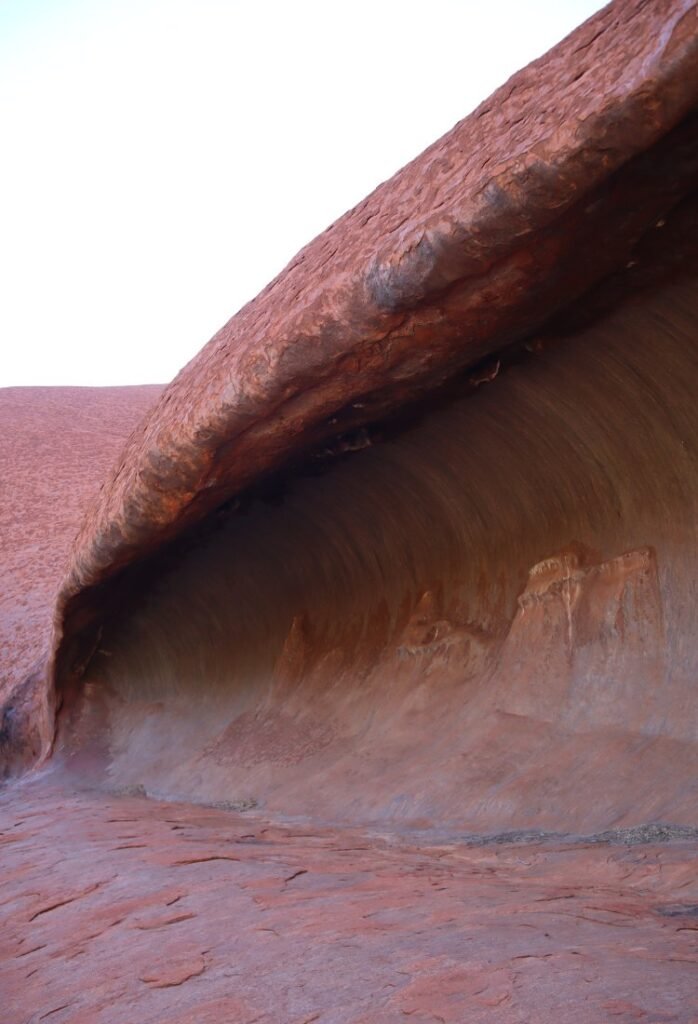
Sunset Point at Uluru
Spending a sunset at Uluru is one of the most unforgettable highlights of any trip to the Red Centre. With its unmistakable silhouette, Uluru is undoubtedly one of the most photographed monoliths in the world. Watching its surface transform from deep reds to glowing oranges as the sun dips lower in the sky is truly breathtaking.
To make the most of this magical moment, head to the Uluru Sunset Viewing Area. Facing the rock, you’ll witness its dramatic colour shifts while the sun sets behind you, creating a picture-perfect backdrop. Arrive early to secure the best spot for photos, as this popular location can get busy, especially during peak seasons.
For a quieter alternative, here’s a little tip: consider visiting the Uluru Sunrise Viewing Area at sunset. From here, you can capture stunning silhouettes of Uluru framed by the sun setting next to it and the expansive desert landscape.
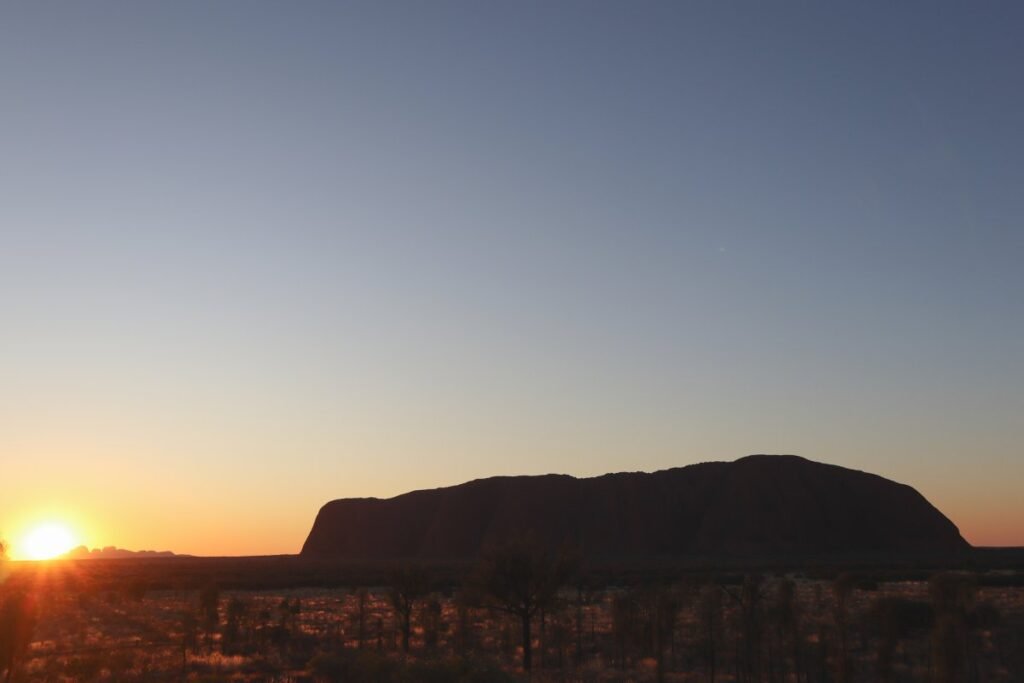
Day 2
Experience Uluru at Sunrise
Start your day early to witness an unforgettable Uluru sunrise in the national park. Just like at sunset, there’s a designated Uluru Sunrise Viewing Area known as Talinguru Nyakunytjaku. To time your visit perfectly, check the Uluru sunrise times in advance, as they vary depending on the season.
To make the most of the experience, arrive early—this popular spot can get quite busy, with visitors vying for the best viewing positions. For a quieter and equally stunning alternative, consider heading to the Uluru Sunset Viewing Area at sunrise. From this perspective, the sun rises next to Uluru, casting breathtaking silhouettes that make for incredible photos, all while avoiding the larger crowds.
And remember, even though you’re in the desert, mornings in the Red Centre can be surprisingly chilly, so don’t forget to bring a warm jacket!
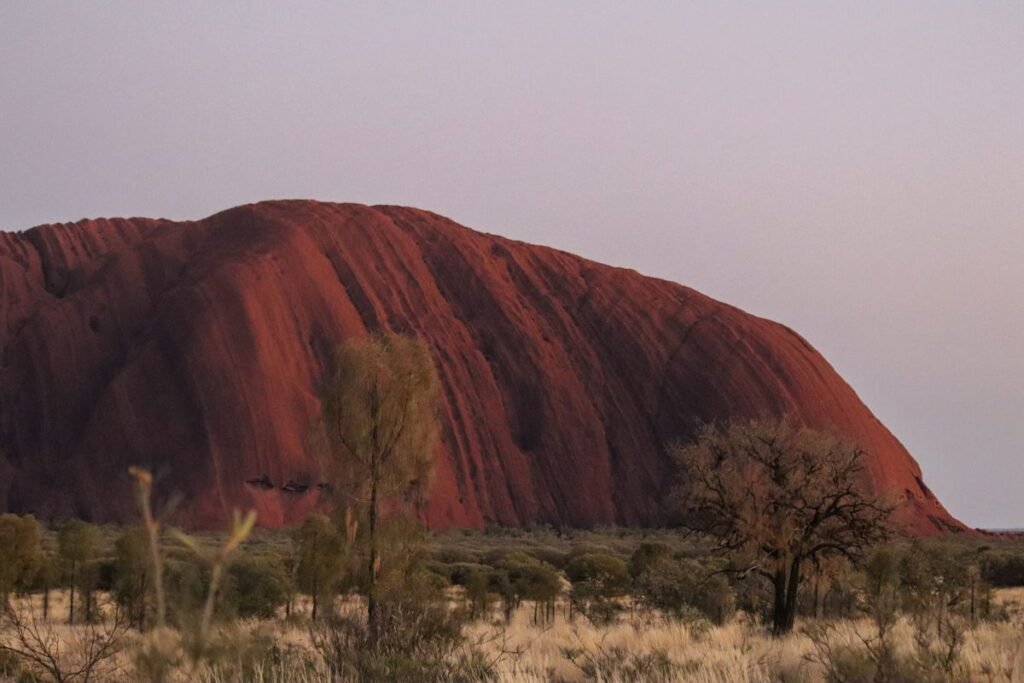
Uluru Base Walk
I’ve done countless hikes in Australia, but the Uluru Base Walk has to be one of the most iconic in the country, and trust me, it’s an adventure you’ll never forget. Standing at the base of this ancient giant, I was completely blown away—it’s so much more massive up close than any photo or distant view could ever capture. Up until this point, I’d only seen Uluru from the plane (a stroke of luck with a window seat) and from sunrise and sunrise viewing platforms. But walking right at its base? That was something else entirely, pure magic.
So how long does it take to walk around Uluru? Stretching 10.6 km, the Base Walk takes about 3 to 4 hours to complete. It’s a Grade 3 trail, mostly flat but rich in variety. One moment you’re strolling past hidden waterholes and ancient rock art, the next, you’re crossing sun-drenched plains where the scale of the rock seems almost unreal. I loved how parts of the trail felt lush and alive, full of wildlife and vibrant greenery, while other stretches were serene and remote, perfect for soaking in the quiet power of the landscape.
Here’s a fun fact: Uluru isn’t just tall—at 348 metres, it’s taller than the Eiffel Tower and the Chrysler Building! Even more mind-blowing? Most of it is underground. What we see above the surface is just the tip of this geological iceberg: 2.5 km lies buried beneath the desert. And let’s not forget its age: Uluru is over 550 million years old, making it twice as old as the dinosaurs. Imagine the countless sunsets this ancient monolith has witnessed!
If walking the whole loop sounds daunting, you can rent a bike or even take a guided Segway tour. Just don’t forget the essentials: start early, bring loads of water (we’ve seen only one refill station along the way), and aim to finish by 11 am before the desert heat kicks in. Whatever you do, you can’t leave this experience out of your Uluru itinerary!
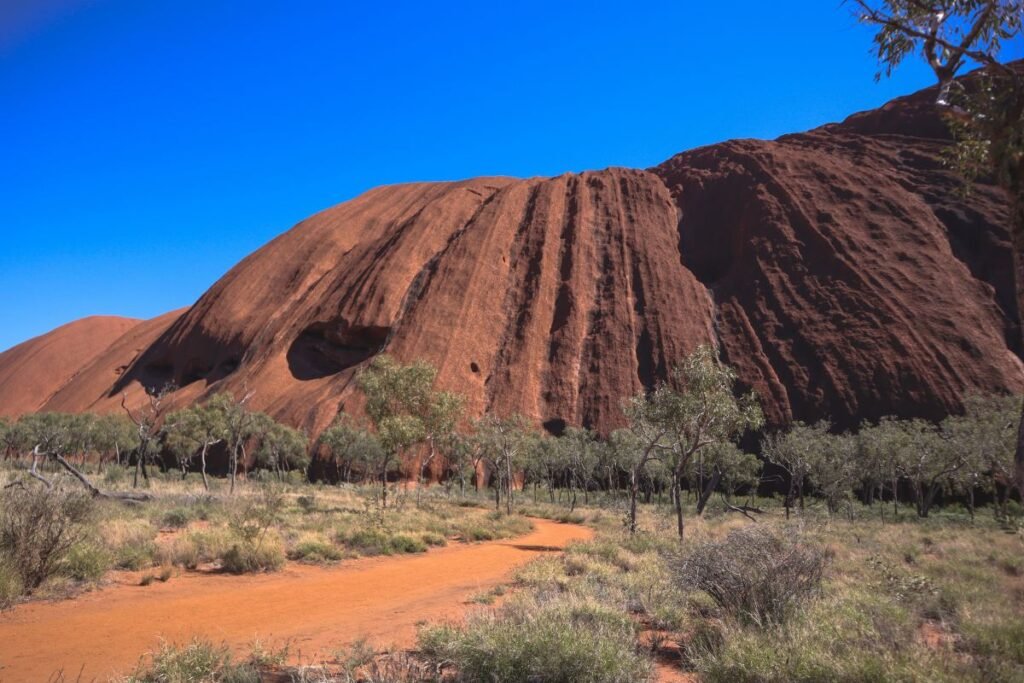
Field of Light
After completing the epic Uluru Base Walk, you’ll likely want to recharge—perhaps by lounging by the pool, exploring the region’s history and culture through the free activities organised by Ayers Rock Resort, or visiting the Gallery of Central Australia. But once the sun dips below the horizon, there’s one experience you simply can’t miss: the extraordinary Field of Light at Uluru.
Created by British artist Bruce Munro, this immersive art installation is a feast for the senses. Picture this: over 50,000 solar-powered lights scattered across an area equivalent to five football fields, all connected by 390 km of delicate fibre-optic cables. As the desert transitions into night, these lights awaken, transforming the outback into a shimmering sea of glowing flowers. Walking among them felt like stepping into a dream—it’s truly a magical way to experience the Uluru at night.
This isn’t just an art installation; it’s an otherworldly interaction between the desert landscape and night sky. The soft glow of the lights complements the stars above, creating a serene yet surreal environment.
The Field of Light experience isn’t included with the national park pass, so you’ll need to book it separately. There are options to suit every preference with transport from your hotel included.
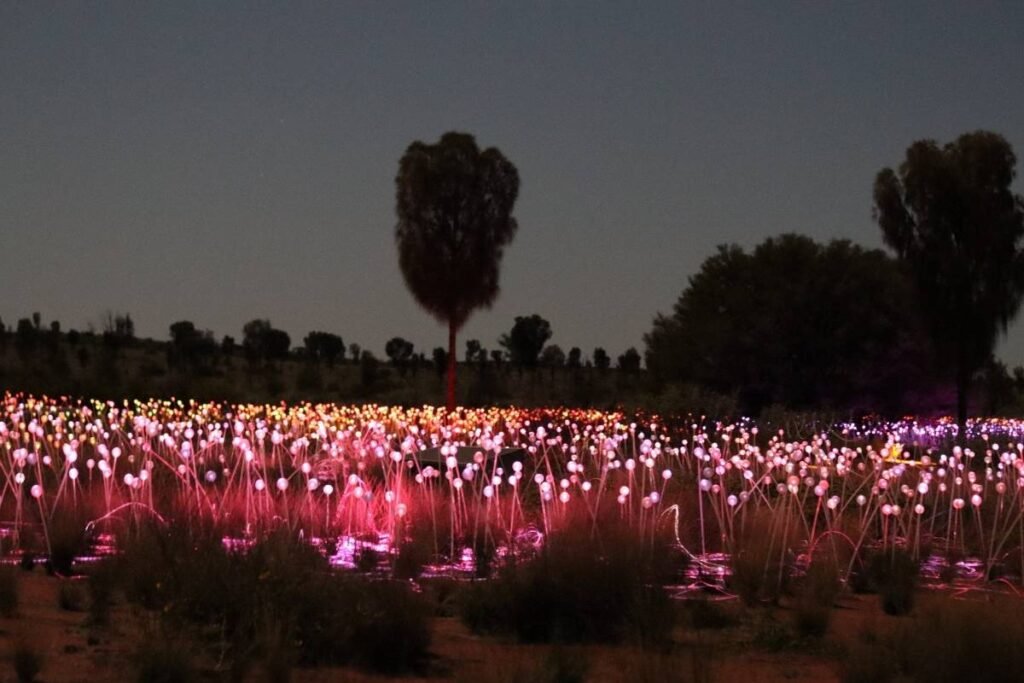
Day 3
Kata Tjuṯa- The Olgas
I’ll be honest, before researching about my trip to the Red Centre, I had no idea Kata Tjuta even existed! Like most people, I’d only heard of Uluru, and I assumed nothing could rival its magnificence. I couldn’t have been more wrong. Located just 40 km west of Uluru, Kata Tjuta (meaning “many heads” in the local Aboriginal language) is a collection of 36 massive rock domes, each more breathtaking than the last. It’s also known as The Olgas, a name given in honor of Queen Olga of Württemberg, who was the reigning monarch at the time.
Geologists believe Kata Tjuta was once a single colossal monolith, even larger than Uluru. Over millions of years, erosion transformed it into the domes we see today. Towering at 546 metres, Mount Olga—Kata Tjuṯa’s tallest dome—soars higher than Uluru itself. Yet, despite its size and beauty, Kata Tjuṯa remains one of Australia’s best-kept secrets.
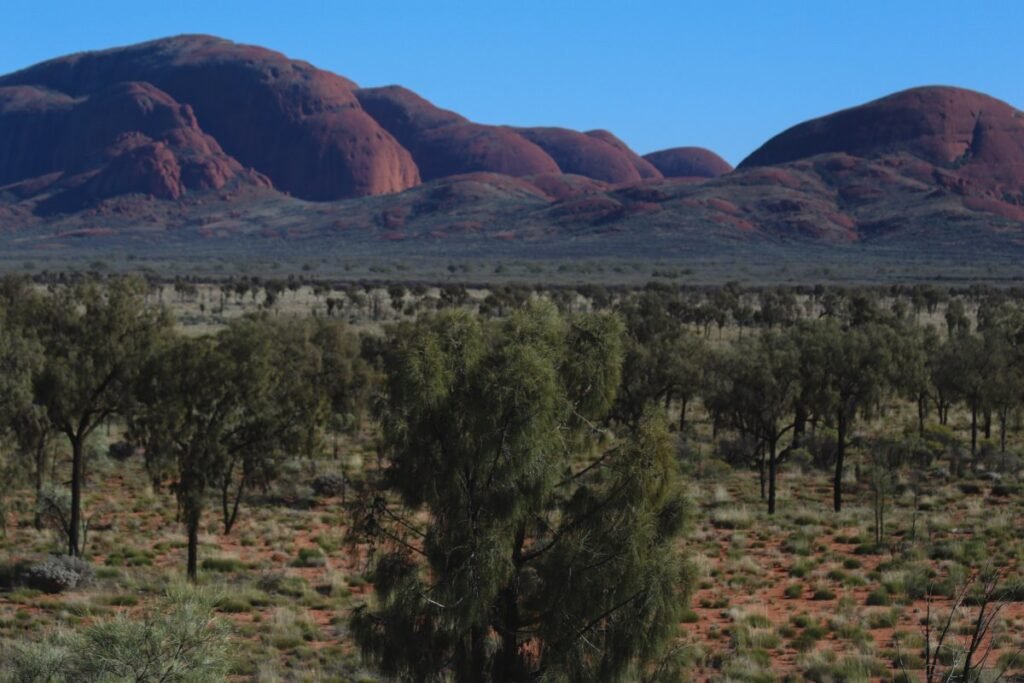
There are two unmissable Kata Tjuta walks to immerse yourself in this surreal landscape:
Walpa Gorge Walk
This 2.6 km return trail takes you through a natural creek bed nestled between Kata Tjuta’s tallest domes. Meaning “windy” in the local language, Walpa Gorge lives up to its name—don’t forget a wind jacket! The lush flora thriving in the gorge, thanks to trapped water, creates a serene oasis in the desert. The trail is relatively easy, making it perfect for a short, one-hour stroll.
Valley of the Winds
For a more challenging adventure, the Valley of the Winds is a 7.4 km loop that winds through valleys and domes, offering spectacular views. The first lookout, Karu, is just 1 km from the car park, but pushing on to Karingana Lookout is worth every step. From the ridge, you’ll be rewarded with panoramic views of domes, creeks, and ancient pathways—a truly incredible sight. This Grade 4 trail is steeper and more demanding than the Uluru Base Walk, but it’s well worth the effort. Start early to avoid the heat, especially since the track partially closes if temperatures hit 36°C. With refill stations at the car park and along the trail, ensure you pack plenty of water, sunscreen, and sturdy shoes.
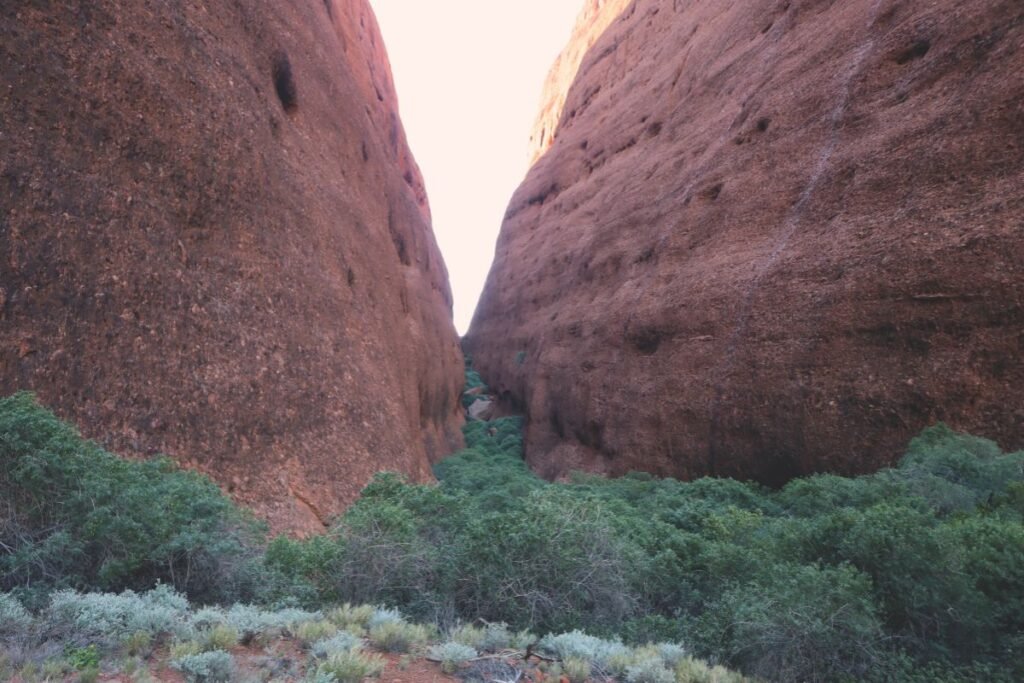
Garden Guided Walk or Bush Yarn
After the incredible Kata Tjuta walks, take some time to unwind and immerse yourself in the cultural experiences at Ayers Rock Resort in Yulara. Two fantastic free activities to enjoy are the Guided Garden Walk and the Bush Yarn sessions. The Guided Garden Walk takes you through tranquil gardens, revealing fascinating insights into local flora, traditional bush foods, and Indigenous medicinal plants. Meanwhile, the Bush Yarn sessions provide a heartfelt connection to Aboriginal history and culture, complete with storytelling and demonstrations of traditional tools like spears and boomerangs.
Imalung Lookout in Yulara
To wrap up your Uluru itinerary, the Imalung Lookout in Yulara is a hidden gem where you can take in breathtaking views of Uluru at sunset—completely free since it’s outside the national park. It’s just a short stroll from any of the hotels within Ayers Rock Resort, making it super convenient. The elevated position offers panoramic views of the red desert, and watching Uluru’s colours change as the sun sets is pure magic. It’s also a brilliant spot for capturing a time-lapse. Honestly, it’s absolutely stunning—don’t miss it!
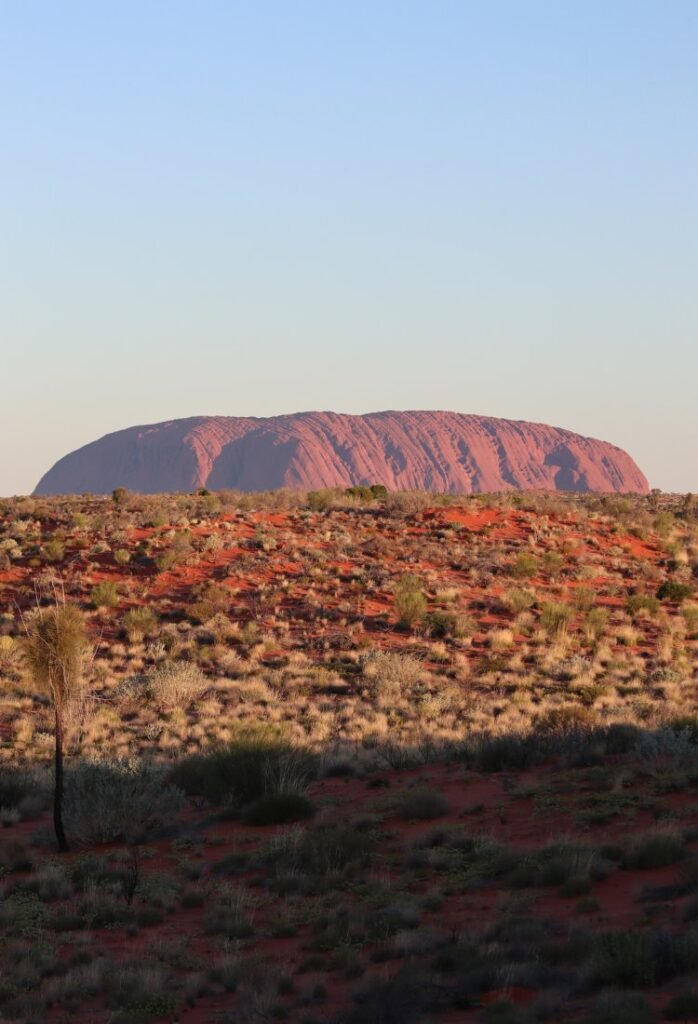
Add-On Tours
Sound of Silence
The Sound of Silence experience begins with a magical evening of canapés and drinks on an exclusive 360-degree platform, providing breathtaking sunset views of Uluru and Kata Tjuta. Guests can enjoy a mesmerizing didgeridoo performance, followed by a starlit buffet showcasing native bush flavors such as barramundi and kangaroo. The evening concludes with a captivating Aboriginal-led astronomy talk under the expansive night sky.
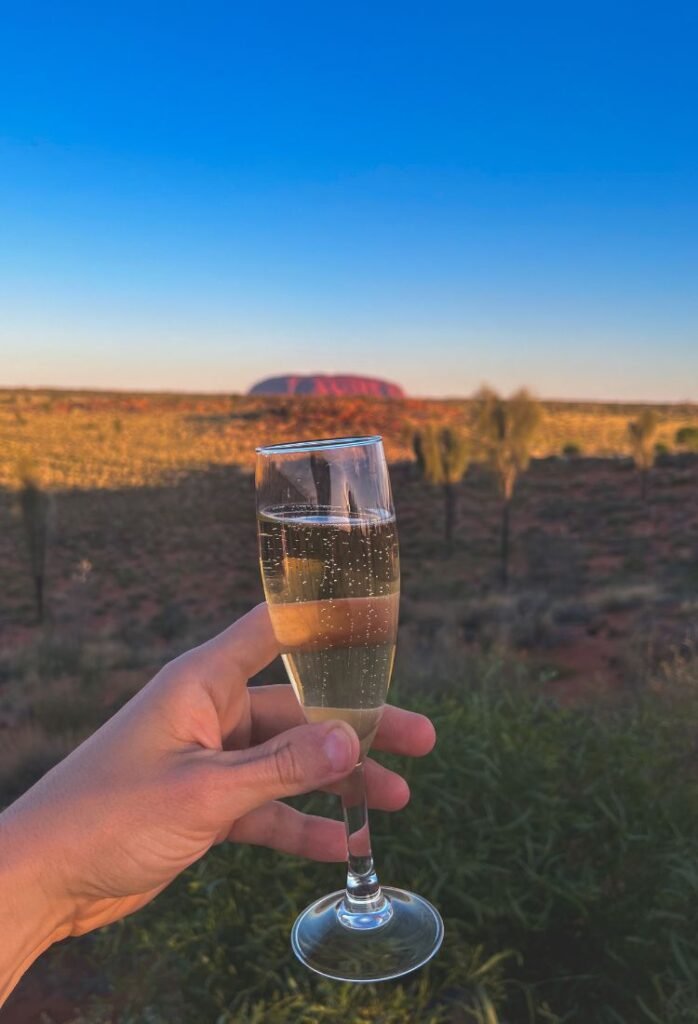
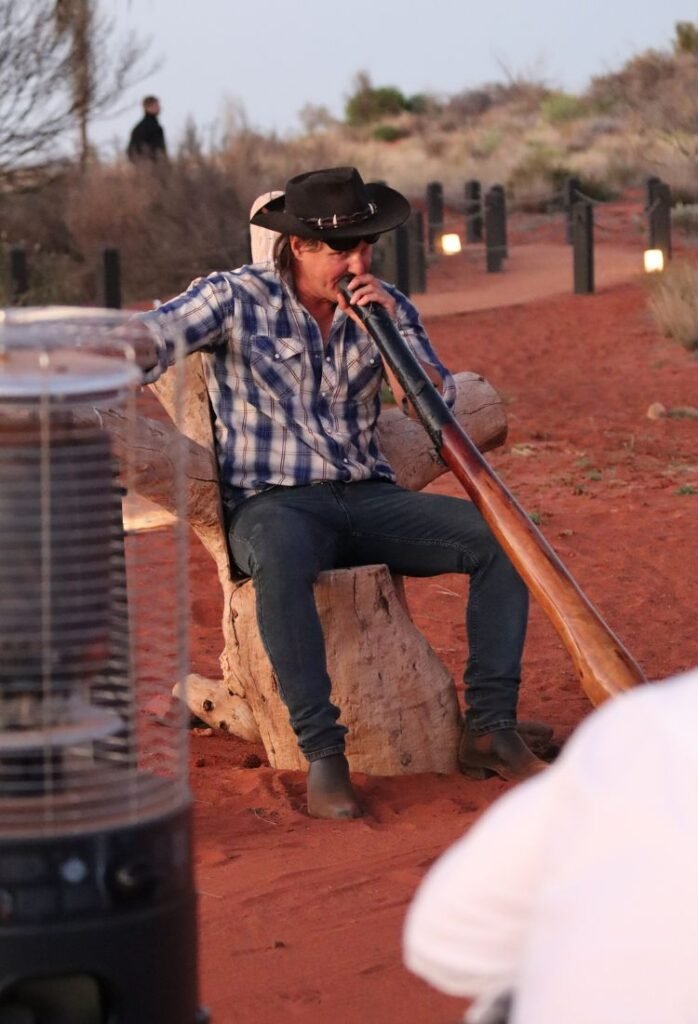
Uluru & Kata Tjuta Scenic Flight
For a unique perspective, take a scenic helicopter flight over Uluru and Kata Tjuṯa. With expert commentary and guaranteed window seats, you’ll enjoy breathtaking aerial views of this iconic landscape.
FAQ
Has Uluru changed its name?
In 1873, British explorer William Gosse named the monolith “Ayers Rock” after Sir Henry Ayers, South Australia’s Chief Secretary, though the Anangu People have always called it Uluru, a name of deep spiritual significance. Ownership of the land was returned to the Anangu in 1985 during the historic “Handback.” A dual-naming policy was introduced in 1993, but in 2002, the names were reordered to prioritize Uluru. Today, the site is officially known as “Uluru/Ayers Rock,” though Uluru is widely used to honor its cultural heritage.
Can you climb Uluru?
The Anangu People, the traditional custodians of this land, have long advocated for a ban on climbing Uluru due to its sacred significance. In October 2019, their request was enshrined in law, officially prohibiting any attempts to summit the rock. In August 2022, a Victorian man became the first person convicted of climbing Uluru.
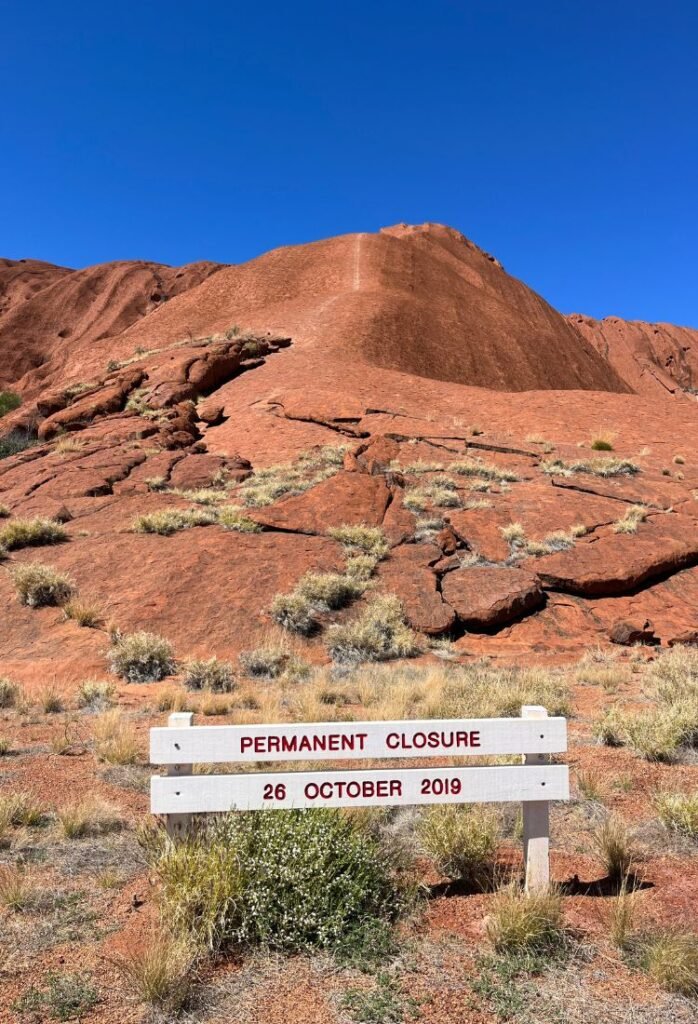
What's the best time to visit Uluru?
The best time to visit Uluru is during the cooler months from May to September, when daytime temperatures are pleasant for exploring. Avoid the peak summer months (December to February), as the extreme heat can make outdoor activities uncomfortable.
Is own transport necessary?
While shuttles are available from Yulara to Uluru and Kata Tjuṯa, hiring a car is highly recommended for flexibility and cost-effectiveness, especially if visiting both sites on separate days. Booking in advance is advised, and having your own vehicle allows you to explore at your own pace and stop for photos without relying on shuttle schedules. For most travellers, renting your own vehicle is the best option.
What to Pack
1. Comfortable, Sturdy Shoes: Both Uluru and Kata Tjuta offer incredible hikes that can be long and involve rocky terrain, so be sure to wear hiking shoes or sneakers with good grip.
2. Sun Protection: The Australian desert sun is intense, especially during the middle of the day. Pack a hat, sunscreen and sunglasses.
3. Light, Breathable Clothing: Opt for long sleeves and pants made from lightweight, breathable fabrics to protect your skin from the sun. Layers are also helpful as temperatures can vary significantly between morning and afternoon.
4. Fly Net : Flies can be relentless in this part of Australia, especially during certain seasons. A fly net for your head like will definitely help.
Final Thoughts
Uluru isn’t just a place you visit — it’s a place you feel. From sunrise over the red desert to the quiet paths around its base, every moment here is filled with meaning.
This 3-day itinerary is designed to help you experience more than just the sights. It’s about slowing down, listening to the stories, and connecting with a landscape that’s both ancient and alive.
Take your time — Uluru has a way of staying with you.


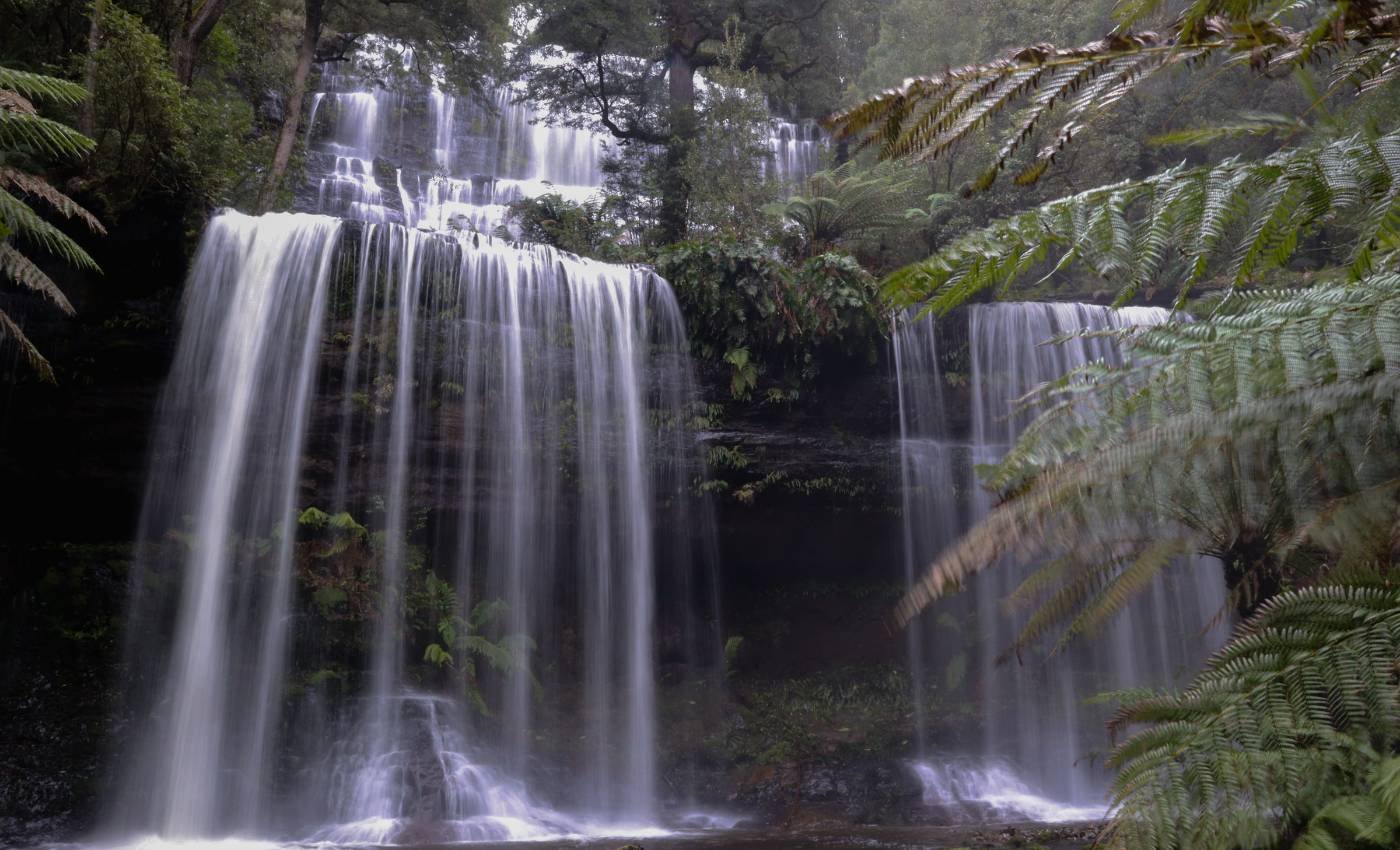
Szybkie Wiadomości
03/05/2025
This piece doesn’t just inform; it evokes a feeling that stays with you, a quiet resonance.